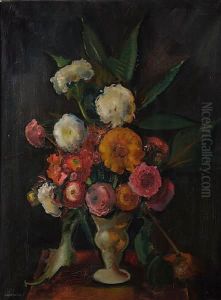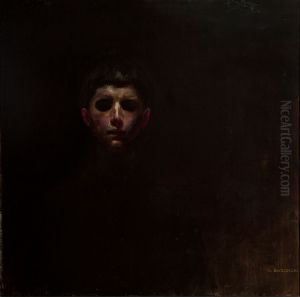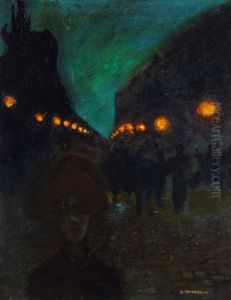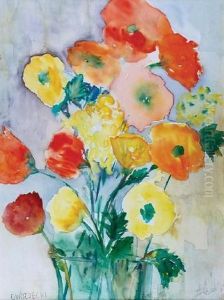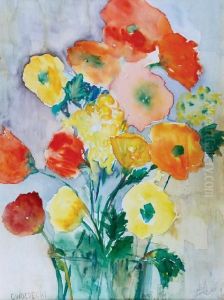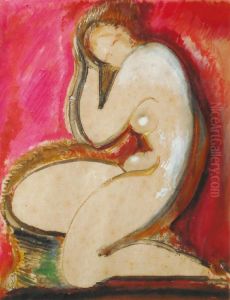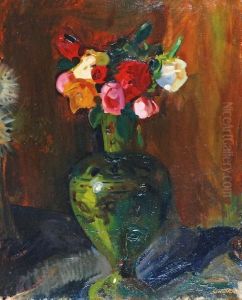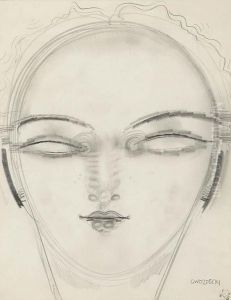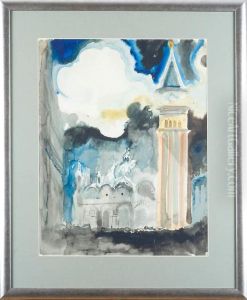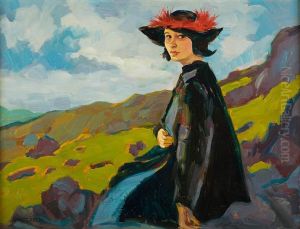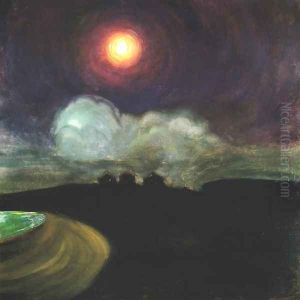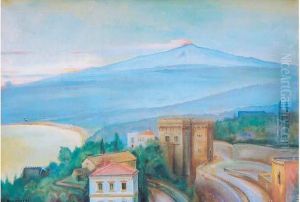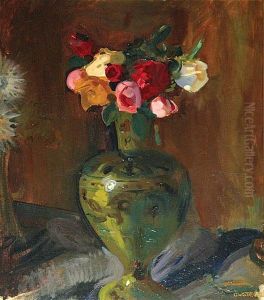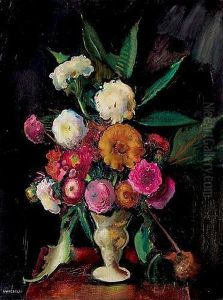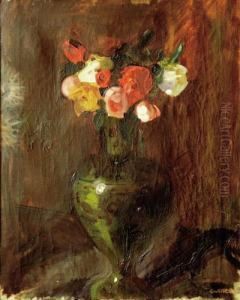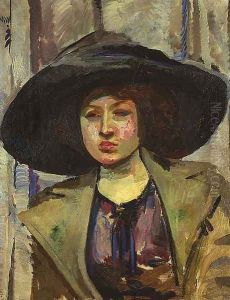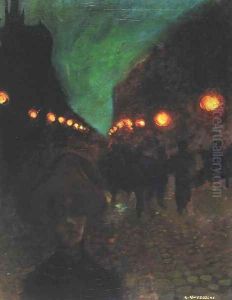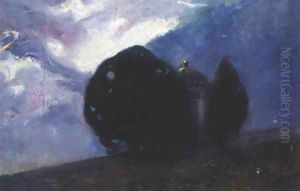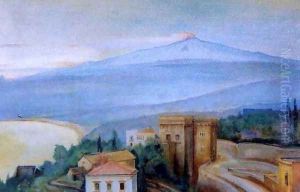Gustaw Gwozdecki Paintings
Gustaw Gwozdecki was a Polish artist, born in 1880 in Warsaw, then part of the Russian Empire. He was known for his work as a painter, graphic artist, and sculptor. Gwozdecki studied at the Warsaw School of Fine Arts, where he honed his artistic skills. In pursuit of further education and inspiration, he moved to Munich, which was a major center for art and culture at the beginning of the 20th century. Eventually, his artistic journey took him to Paris, where he settled and became part of the vibrant art scene.
While in Paris, Gwozdecki became associated with a group of Polish artists and intellectuals, which included significant figures such as Władysław Ślewiński and Leopold Gottlieb. He was influenced by the contemporary movements of the time, notably Impressionism and Post-Impressionism, as well as the earlier works of the Old Masters. His art often depicted landscapes, portraits, and still lifes, characterized by a bold use of color and dynamic brushwork that reflected the avant-garde trends of the early 20th century.
Gwozdecki's work was exhibited in various prominent venues, including the Salon d'Automne and the Tuileries in Paris. His paintings were appreciated for their vibrancy and the way they captured the essence of the subject matter. Despite living in France, he maintained a strong connection to his Polish heritage, which sometimes surfaced in his art through subjects and themes related to his homeland.
Gustaw Gwozdecki's life came to an untimely end in 1935. Although his career was cut short, he left behind a legacy of work that continues to be studied and admired for its contribution to the development of modern art in Poland and its reflection of the broader European art movements of the time.
